Top 10 Polish-Lithuanian Commonwealth era sites
Polish-Lithuanian era (1569-1795) left Lithuania buildings more opulent than ever before or (likely) since - including Baroque, it's major tourist draw. Looking at these magnificent churches, monasteries and palaces it may be easy to forget that Lithuania was slowly plunging into the abyss. The elite gradually Polonized, while an impossible-to-manage political system where feuding noble families had nearly unlimited powers led to the final collapse and dismemberment of the state.
Here are the top locations where you could still feel that dual spirit of the Polish-Lithuanian Commonwealth era:
1. Be awestruck by the monumental white Baroque interior of Ss. Peter and Paul church (1668) in Vilnius (Antakalnis district), its 2000+ figurines of "life as a theater" tell about the Polish-Lithuanian nobility's wealth and religiousness better than any words (like most of its contemporaries this church was funded by a single nobility family (Pacas), doubling as its gravestone).
2. Spend a day driving or cycling at the Nemunas valley where Polish-Lithuanian Commonwealth rich families dotted the pretty landscape with romantic castle-like palaces in the 17th century.
3. Explore the massive Renaissance main campus of Vilnius university, one of the Eastern Europe's oldest universities, established in 1579 by the Jesuits in their campaign against Reformation. Armed with science and knowledge the campaign succeeded and most Lithuanians never became Protestants, while the noble students of Vilnius University added a certain flavor to the city. Ss. Johns church with the tallest church tower in Vilnius (may be ascended) tells of the university's religious roots.
4. Understand the religious tolerance that prevailed in the 1550s-1650s Lithuania by exploring the area around Vilnius Gate of Dawn which has massive churches and monasteries of three separate Christian denominations (Roman Catholic, Eastern Catholic, Russian Orthodox) within 100 m distance. At the time heretics burned on stakes in Western Europe it was not uncommon for the Lithuanian nobility to split their religious donations to several denominations.
5. Go to magnificent Baroque Pažaislis monastery in Kaunas to feel the power monks and nuns had in the Commonwealth. Far from poor, the prime monastic institutions housed those nobility kids who wouldn't have inherited their lands and towns. The head nun used to be an especially coveted position as it was one of the few ways for a female to wield political influence.
6. Visit the town of Kėdainiai, once owned by the Radvila family. A pearl among Lithuania's formerly private towns Kėdainiai has many old religious buildings of different faiths but the Reformed Christian one dwarfs the rest as this has been the faith of the town owners, who are also buried there.
7. Stare at the facade of St. Casimir church in Vilnius Old Town, the first of many nobility-funded, Italian-designed Baroque churches on Vilnius - but still among the most impressive.
8. Read the Polish-Lithuanian epoch history at the recently-rebuilt Grand Duke palace in Vilnius Old Town. The original building was abandoned in the 17th century as Kings/Grand Dukes moved to Poland and demolished after the Commonwealth fell. While its reconstruction as a museum has been both controversial and of doubtful authenticity the building still is a reminder of that era.
9. See the ramparts of Biržai fortress, the best preserved military installation of the era. Like nearly everything at the time it was privately funded by a noble family (Radvila) to defend private lands. Not that strange given that even king himself later became elected by the nobility.
10. Walk the main streets of Vilnius Old Town (Pilies, Šv. Jono, Dominikonų, Vilniaus), seeing numerous Commonwealth era urban palaces at the sides. So important was the nobility that their downtown palaces were not even considered part of the city and different law applied inside them. In a sense, these palaces served as embassies for the powerful families that acted as states-within-the-state. Unfortunately, no interiors have been saved, but you may still see original interiors in many Baroque churches you'll encounter en-route.

Map of the top 10 Art locations in Lithuania. ©Augustinas Žemaitis.
Share this:
Click [+] for more
- [+]Advice (52)
- [+]Accomodation and Food (3)
- [+]Climate (1)
- [+]Entertainment (5)
- [+]Services (7)
- [+]Shopping (5)
- [+]Transportation (get in & around) (11)
- [+]Warnings, dangers and red tape (4)
- [+]Accomodation and Food (3)
- [+]Cities (116)
- [+]Kaunas (36)
- [+]Kaunas by borough (district) (11)
- [+]Kaunas by topic (8)
- [+]Kaunas by borough (district) (11)
- [+]Klaipėda (26)
- [+]Klaipėda by Borough (District) (6)
- [+]Klaipėda by Topic (7)
- [+]Klaipėda by Borough (District) (6)
- [+]Panevėžys (1)
- [+]Šiauliai (6)
- [+]Vilnius (41)
- [+]Vilnius by borough (district) (10)
- [+]Vilnius by topic (11)
- [+]Vilnius by borough (district) (10)
- [+]Kaunas (36)
- [+]Culture (66)
- [+]Architecture (10)
- [+]Diaspora (7)
- [+]Ethnicities (11)
- [+]Holidays / Celebrations (12)
- [+]Languages (3)
- [+]Religions (16)
- [+]Architecture (10)
- [+]History&Today (86)
- [+]Economy (3)
- [+]Ethnic relations (8)
- [+]Famous Lithuanians (9)
- [+]FAQ (15)
- [+]History (8)
- [+]Maps (7)
- [+]Politics and Law (10)
- [+]Society (11)
- [+]State symbols (3)
- [+]Economy (3)
- [+]Lifestyle (25)
- [+]Art and literature (5)
- [+]Cuisine (1)
- [+]Music (3)
- [+]Sports (6)
- [+]Theatre and Cinema (3)
- [+]Art and literature (5)
- [+]News (54)
- [+]Offers (34)
- [+]Jewish offers (6)
- [+]Jewish tours (3)
- [+]Jewish tours (3)
- [+]Kaunas offers (10)
- [+]Kaunas tours (5)
- [+]Kaunas tours (5)
- [+]Lithuania offers (1)
- [+]Tours (9)
- [+]Vilnius offers (6)
- [+]Vilnius tours (3)
- [+]Vilnius tours (3)
- [+]Jewish offers (6)
- [+]Regions (50)
- [+]Aukštaitija (Northeast) (12)
- [+]Dzūkija (Southeast) (5)
- [+]Lithuania Minor (Southwest) (7)
- [+]Samogitia (Northwest) (11)
- [+]Sudovia (South) (2)
- [+]The environs of Lithuania (7)
- [+]Aukštaitija (Northeast) (12)
- [+]Sights (129)
- [+]Beautiful nature (9)
- [+]Castles and fortresses (8)
- [+]Museums (9)
- [+]Religious sites (7)
- [+]Resorts (7)
- [+]Top 10 lists (63)
- [+]Culture itineraries (3)
- [+]Ethnic itineraries (6)
- [+]Historical itineraries (7)
- [+]Hobby itineraries (12)
- [+]Itineraries by transport form (5)
- [+]Lithuania-related concepts (4)
- [+]Religion itineraries (5)
- [+]Special needs itineraries (4)
- [+]Weekend breaks (5)
- [+]Culture itineraries (3)
- [+]Towns (17)
- [+]Beautiful nature (9)
Sister websites
- Destination Lithuanian America Lithuanian-American heritage sites map
- Global True Lithuania Lithuanian communities and heritage all over the world
- On Latvia All about Latvia
- True Lithuania Youtube English videos on Lithuania and interviews with Lithuanians abroad
Recent Comments
- John on Did Lithuania support the Nazi Germany during WW2?
- Ricky mak on First wave of Lithuanian emigration (1865-1915)
- Augustinas Žemaitis on First wave of Lithuanian emigration (1865-1915)
- Augustinas Žemaitis on First wave of Lithuanian emigration (1865-1915)
- Diane Davis on Lithuanian mythology and folklore
Advertisement
Donations
Youtube
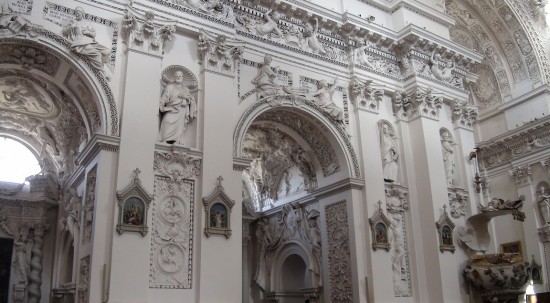
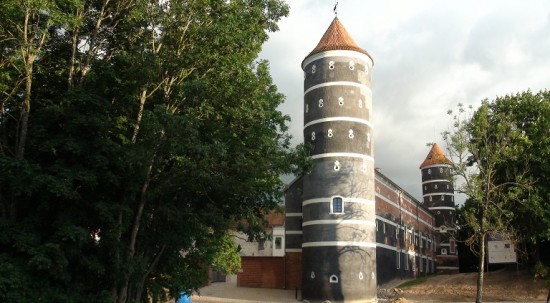

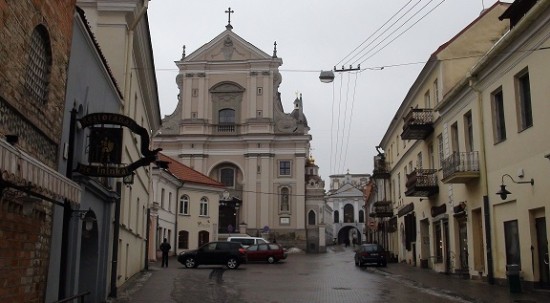

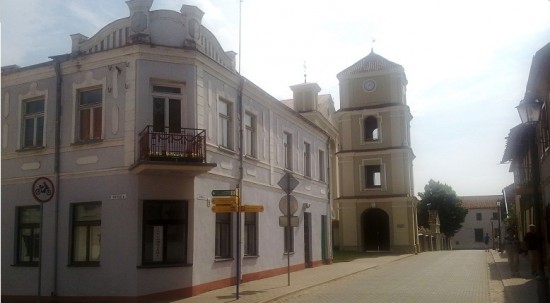
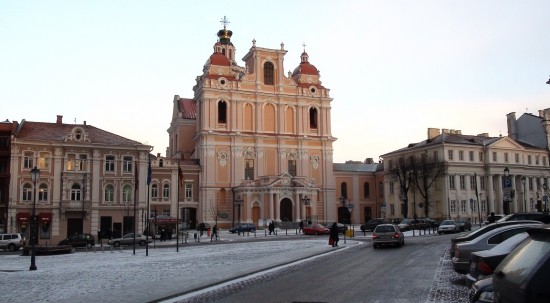






Leave a comment